Home>Interior Design>Small Laundry Room Mistakes: 5 Design Flaws You Should Redo
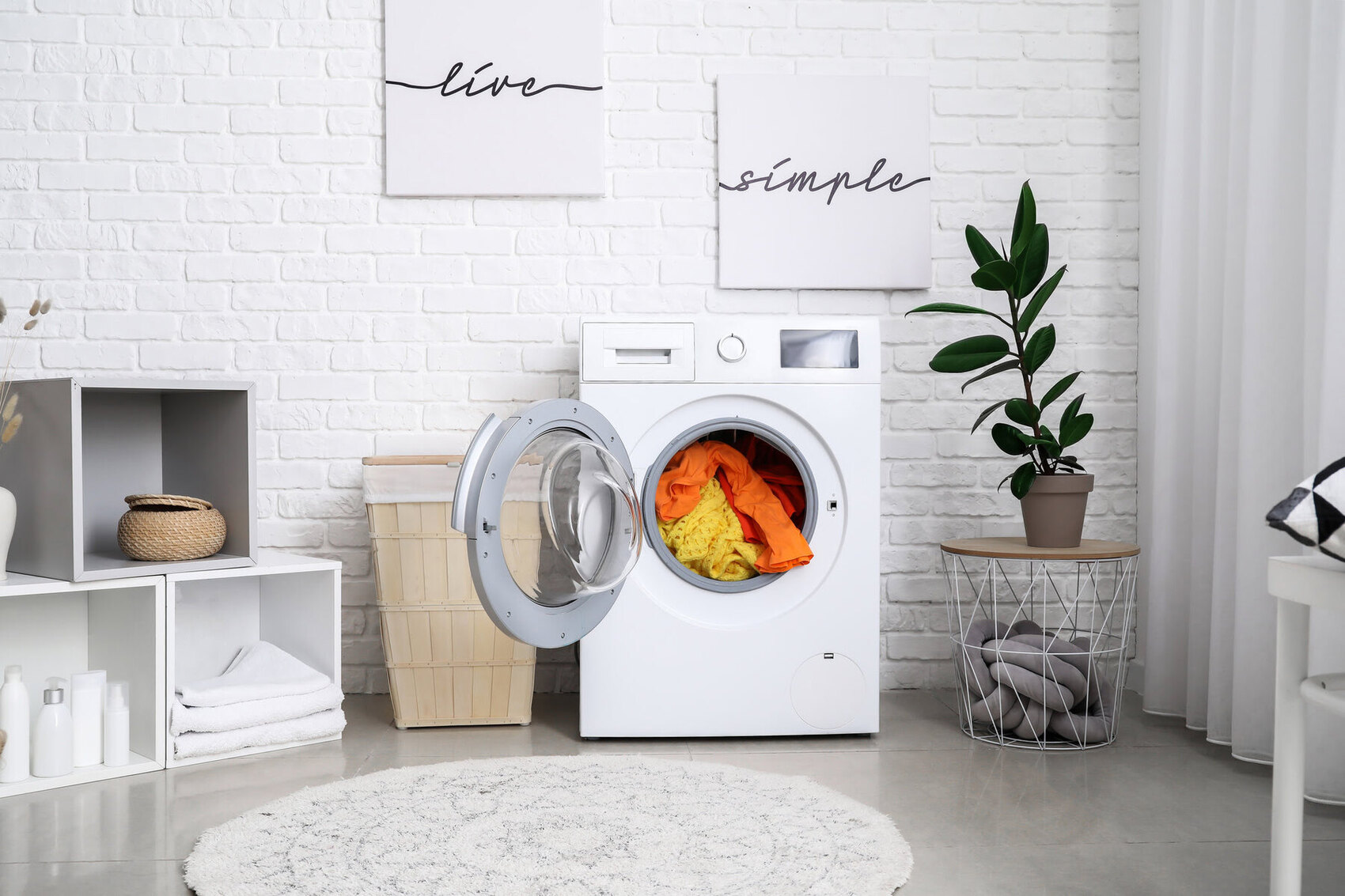

Interior Design
Small Laundry Room Mistakes: 5 Design Flaws You Should Redo
Modified: March 25, 2024
Avoid these common interior design mistakes in your small laundry room. Discover the 5 design flaws you should redo for a more efficient and functional space.
(Many of the links in this article redirect to a specific reviewed product. Your purchase of these products through affiliate links helps to generate commission for Storables.com, at no extra cost. Learn more)
Small Laundry Room Mistakes: 5 Design Flaws You Should Redo
When it comes to designing a small laundry room, every detail matters. From storage to layout, lighting to organization, even the smallest design flaws can make a big impact on the functionality and efficiency of the space. In this article, we will explore five common design mistakes that homeowners make in their small laundry rooms, and provide practical solutions to help you rectify them.
Read more: How Big Should A Laundry Room Be
1. Insufficient Storage Space
One of the biggest mistakes in small laundry room design is the lack of adequate storage space. Without enough room to store laundry essentials such as detergent, fabric softener, and cleaning supplies, your laundry room can quickly become cluttered and disorganized. Consider installing cabinets or shelves above the washer and dryer to maximize vertical storage. Use baskets and bins to categorize and contain items, keeping everything easily accessible and neatly organized.
2. Inefficient Layout
A poorly designed layout can make even the simplest laundry tasks feel like a chore. Layout mistakes often include placing the washer and dryer too far apart or not having a clear workflow. Aim to create a functional and efficient layout by ensuring that the washer and dryer are positioned close together for easy transfer of clothes. If space allows, incorporate a countertop above the appliances to provide a convenient surface for folding and sorting laundry.
3. Lack of Counter Space
In a small laundry room, counter space is a valuable asset. Without enough room to fold clothes or sort laundry, the room can quickly become cluttered and chaotic. Solve this design flaw by adding a foldable table or installing a countertop above the appliances. This will not only provide the needed space for sorting and folding, but also create a more aesthetically pleasing and organized laundry area.
4. Poor Lighting and Ventilation
Both lighting and ventilation are often overlooked in small laundry room designs. Insufficient lighting can make it difficult to see stains or properly evaluate the cleanliness of your clothes. Lack of ventilation can lead to musty odors or even mold growth. Install adequate lighting fixtures, including task lighting above the work area, to ensure proper visibility. Additionally, consider adding a window or exhaust fan to improve air circulation and prevent dampness.
5. Neglecting the Importance of Organization
A well-organized laundry room is essential for maximizing efficiency and reducing frustration. Neglecting organization can lead to cluttered countertops, misplaced items, and wasted time. Invest in storage solutions such as hooks, hanging rods, and labeled bins to create designated spaces for different laundry items. Keep a system in place for sorting and categorizing dirty laundry to streamline the laundry process and maintain an orderly space.
By addressing these five common design flaws in your small laundry room, you can create a highly functional and visually appealing space. Implementing storage solutions, optimizing the layout, adding counter space, improving lighting and ventilation, and emphasizing organization will elevate the efficiency and enjoyment of your laundry routine. So, don’t hesitate to make the necessary design changes to transform your small laundry room into an organized and efficient oasis.
Key Takeaways:
- Maximize storage in your small laundry room by utilizing vertical space, over-the-door storage, open shelves, baskets, and hidden storage options. Intentional and strategic storage solutions can transform clutter into an organized oasis.
- Optimize your small laundry room layout by keeping appliances close, creating a clear workflow, utilizing wall space, considering a built-in ironing station, and evaluating ergonomics. An efficient layout streamlines tasks and maximizes functionality.
Insufficient Storage Space
One of the most significant design flaws in small laundry rooms is the lack of sufficient storage space. Without proper storage solutions, your laundry room can quickly become cluttered and disorganized, making it difficult to find and access essentials. Fortunately, there are several strategies you can implement to maximize storage in your small laundry room.
1. Utilize Vertical Space: When it comes to small laundry rooms, utilizing vertical space is crucial. Consider installing cabinets or shelves above the washer and dryer to take advantage of the wall space. This allows you to store items such as detergent, fabric softener, and cleaning supplies within easy reach. Additionally, using wall-mounted organizers or baskets can help keep smaller items tidy and accessible.
2. Add Over-the-Door Storage: Another effective way to maximize storage space in a small laundry room is to utilize the back of the door. Install an over-the-door organizer with pockets or hooks to store frequently used items, such as dryer sheets or stain removers. This not only frees up countertop or cabinet space but also keeps everything easily visible and within arms reach.
3. Install Open Shelves: Open shelves can be a practical and aesthetically pleasing solution for small laundry rooms. They provide easy access to frequently used items and can be used to display decorative elements such as plants or baskets. Opt for slim, floating shelves to avoid overwhelming the room visually and ensure that they do not protrude into the limited space.
4. Use Baskets and Bins: Baskets and bins are valuable tools for organizing and decluttering a small laundry room. Use them to group similar items, such as laundry detergents or cleaning supplies, and keep them organized on shelves or in cabinets. Labeled bins can also be used to divide laundry items, such as whites and colors, simplifying the sorting process.
5. Consider Hidden Storage: In some cases, it may be necessary to get creative and find hidden storage solutions in a small laundry room. For example, install a retractable ironing board inside a cabinet or utilize space beneath countertops by adding pull-out baskets or drawers. These hidden storage options optimize space while keeping essential items easily accessible.
Remember, the key to maximizing storage in a small laundry room is to be intentional and strategic. Assess your specific storage needs and explore various solutions that fit the available space. By utilizing vertical space, incorporating over-the-door storage, installing floating shelves, using baskets and bins, and considering hidden storage options, you can transform your small laundry room into an organized and functional space.
Inefficient Layout
Having an inefficient layout in your small laundry room can make even the simplest tasks feel cumbersome and time-consuming. A poorly designed layout can result in wasted space, difficulty in navigating the room, and inefficient workflow. To optimize your laundry room’s layout, consider the following tips:
1. Keep Appliances Close: One of the most important aspects of an efficient laundry room layout is to have the washer and dryer positioned closely together. This allows for easy transfer of clothes from the washer to the dryer, minimizing the need for excessive movement. Consider stacking the washer and dryer vertically if space is limited, or placing them side by side if you have enough room.
2. Create a Clear Workflow: A cluttered and disorganized laundry room can impede productivity. Designate specific zones for sorting, washing, drying, and folding, and ensure a logical flow between these areas. For example, position a countertop or table adjacent to the washer and dryer to provide a surface for folding and sorting. By establishing a clear workflow, you can streamline your laundry routine and make it more efficient.
3. Optimize Wall Space: Small laundry rooms often lack floor space, so it’s essential to utilize vertical space effectively. Install wall-mounted shelves or cabinets to store supplies and keep them within reach. You can also hang hooks or pegboards to organize frequently used items such as hangers or cleaning tools. Exploiting the available wall space allows you to free up the floor area and create a more functional layout.
4. Consider a Built-In Ironing Station: Ironing can be a time-consuming task if you have to set up and put away the ironing board every time. If space permits, consider incorporating a built-in ironing station into your laundry room’s design. This can include a foldable ironing board that fits inside a cabinet or a pull-out ironing board attached to the wall. Having an accessible and dedicated space for ironing can save you time and eliminate the hassle of setting up and storing the ironing board.
5. Evaluate Ergonomics: An efficient laundry room layout takes into consideration ergonomics – ensuring that the room’s design supports comfort and ease of use. Pay attention to the height of countertops, shelves, and appliances, keeping in mind your own height and preferences. Consider installing adjustable shelves or using laundry carts with wheels for easy maneuverability.
By reevaluating and optimizing your laundry room’s layout, you can create a space that maximizes efficiency and functionality. Keep appliances close together, establish a clear workflow, utilize wall space effectively, consider a built-in ironing station, and focus on ergonomics to create an efficient and user-friendly laundry room layout.
Lack of Counter Space
A common design flaw in small laundry rooms is the lack of sufficient counter space. Without enough room to sort, fold, and organize laundry, the laundry room can quickly become cluttered and inefficient. Fortunately, there are several solutions for maximizing counter space in a small laundry room:
1. Over-the-Washer and Dryer: The space above your washer and dryer is often underutilized. Consider adding a countertop that spans the width of both appliances. This provides a convenient surface for folding clothes and sorting laundry. You can opt for a pre-made countertop or create a custom one using materials like plywood, laminate, or butcher block.
2. Foldable Tables: If you have limited space or prefer a flexible option, consider using a foldable table. These tables can be easily set up when needed and folded away when not in use. Look for tables with adjustable heights for added convenience. Place the table near the washer and dryer for easy access during laundry tasks.
3. Wall-Mounted Drop-Leaf Table: Another space-saving option is a wall-mounted drop-leaf table. This type of table attaches to the wall and can be folded down when not in use. When you need extra counter space, simply fold it up. This is a great solution for small laundry rooms where floor space is limited.
4. Rolling Carts: Utilize rolling carts to create additional counter space that can be moved around as needed. Look for carts with a solid surface top that can double as a workspace. You can store supplies and baskets underneath the cart, keeping everything organized and easily accessible.
5. Utilize Stacked Washer and Dryer: If space is extremely limited, consider utilizing a stacked washer and dryer. This design frees up floor space and provides a natural counter space on top of the appliances. You can place a countertop or even a foldable ironing board on top for added functionality.
6. Over-the-Sink Cover: If your laundry room has a sink, consider using an over-the-sink cover. This convenient accessory provides a flat surface that extends over the sink, creating extra counter space. When not in use, the cover can be easily removed or folded down to allow full access to the sink.
By incorporating these solutions in your small laundry room, you can overcome the challenge of limited counter space. Whether it’s utilizing over-the-washer and dryer surfaces, adding foldable tables or wall-mounted drop-leaf tables, using rolling carts, opting for stacked appliances, or using an over-the-sink cover, there are various options to fit your specific needs and space constraints. Having adequate counter space will not only make your laundry tasks more efficient but will also help keep the room organized and clutter-free.
Read more: Where Should The Laundry Room Be Located
Poor Lighting and Ventilation
Lighting and ventilation are essential factors in creating a functional and comfortable laundry room environment. Unfortunately, poor lighting and inadequate ventilation are common design flaws that can negatively impact the overall functionality and aesthetics of a small laundry room. Here are some tips for addressing these issues:
1. Natural Light: If possible, maximize natural light in your laundry room. Natural light not only improves visibility but also creates a bright and inviting atmosphere. Consider installing a window or skylight to bring in more natural light. If privacy is a concern, frosted or tinted glass can be used to maintain privacy while still allowing light to enter.
2. Task Lighting: In addition to natural light, incorporating task lighting is essential for illuminating specific work areas in the laundry room. Install bright and focused light fixtures above the washer and dryer, as well as above any countertops or folding stations. LED lights or under-cabinet lighting can provide effective task lighting without taking up valuable space.
3. Overhead Lighting: To ensure overall visibility in the laundry room, consider installing overhead lighting fixtures. Ceiling-mounted or recessed lights can help evenly distribute light throughout the room. Opt for LED bulbs to save energy and provide a bright, white light that mimics natural daylight.
4. Ventilation: Proper ventilation is crucial for maintaining a fresh and odor-free laundry room. Inadequate ventilation can result in musty odors and increase the risk of mold and mildew growth. Ensure that your laundry room has proper ventilation by installing a vent fan or exhaust system. This helps to remove excess moisture and improve air circulation.
5. Air Purifier: In addition to ventilation, consider using an air purifier in your laundry room. This can help further improve the air quality by removing dust, allergens, and odors. Opt for a compact and quiet model that won’t take up too much space or create noise disturbances.
6. Light Colors and Mirrors: Use light colors for your laundry room walls, cabinets, and countertops. Light colors help reflect light, making the room feel brighter and more spacious. Additionally, strategically placing mirrors can enhance the perception of light and create the illusion of a larger space.
By addressing poor lighting and ventilation in your small laundry room, you can transform it into a well-lit, fresh, and inviting space. Incorporate both natural and artificial lighting, ensure proper ventilation, consider using an air purifier, and utilize light colors and mirrors to create a brighter and more enjoyable laundry room environment.
Neglecting the Importance of Organization
When it comes to small laundry rooms, neglecting the importance of organization can lead to a chaotic and inefficient space. An organized laundry room not only makes your laundry routine more manageable but also improves the overall functionality and aesthetics of the room. Here are some tips to help you prioritize organization in your small laundry room:
1. Sorting System: Implement a sorting system to keep your laundry organized from the start. Use separate hampers or laundry bins to sort clothes by color, fabric type, or wash cycles. This will save you time and ensure that each load is washed correctly.
2. Shelving and Cabinets: Utilize shelving and cabinets to create ample storage space for your laundry room essentials. Install shelves above the washer and dryer to store detergent, fabric softener, and other supplies. Cabinets can be used to hide cleaning products and household items, keeping the room clutter-free. Consider adding labels or transparent bins to further organize items within the cabinets.
3. Hooks and Hanging Racks: Use hooks and hanging racks to keep frequently used items easily accessible. Hang laundry bags, ironing boards, and other tools on the wall or back of the door to save space and keep them within reach. This helps to declutter the floor and create an organized and functional laundry room.
4. Folding and Ironing Station: Designate a specific area in your laundry room as a folding and ironing station. Install a countertop or use a sturdy table for folding clothes. Keep a collapsible ironing board nearby for convenient ironing. A hanging rod or rack can be added to hang freshly ironed clothes or hang-drying delicate items.
5. Wall-Mounted Organizers: Maximize vertical space by installing wall-mounted organizers. These can include wire baskets, fabric pockets or bins, or magnetic strips for holding small items like keys or sewing supplies. Use them to store laundry accessories, such as clothespins, lint rollers, or stain removers, in a neat and organized way.
6. Regular Decluttering: Make it a habit to declutter your laundry room regularly. Remove unnecessary items, donate clothes or items you no longer need, and get rid of expired or unused cleaning products. Regular decluttering will help you maintain an organized space and prevent it from becoming overwhelmed with unnecessary items.
By prioritizing organization in your small laundry room, you can create a functional and efficient space that makes your laundry routine more enjoyable. Implement a sorting system, utilize shelving and cabinets, incorporate hooks and hanging racks, designate a folding and ironing station, install wall-mounted organizers, and practice regular decluttering. These organizational strategies will transform your laundry room into a tidy and productive space.
Frequently Asked Questions about Small Laundry Room Mistakes: 5 Design Flaws You Should Redo
Was this page helpful?
At Storables.com, we guarantee accurate and reliable information. Our content, validated by Expert Board Contributors, is crafted following stringent Editorial Policies. We're committed to providing you with well-researched, expert-backed insights for all your informational needs.
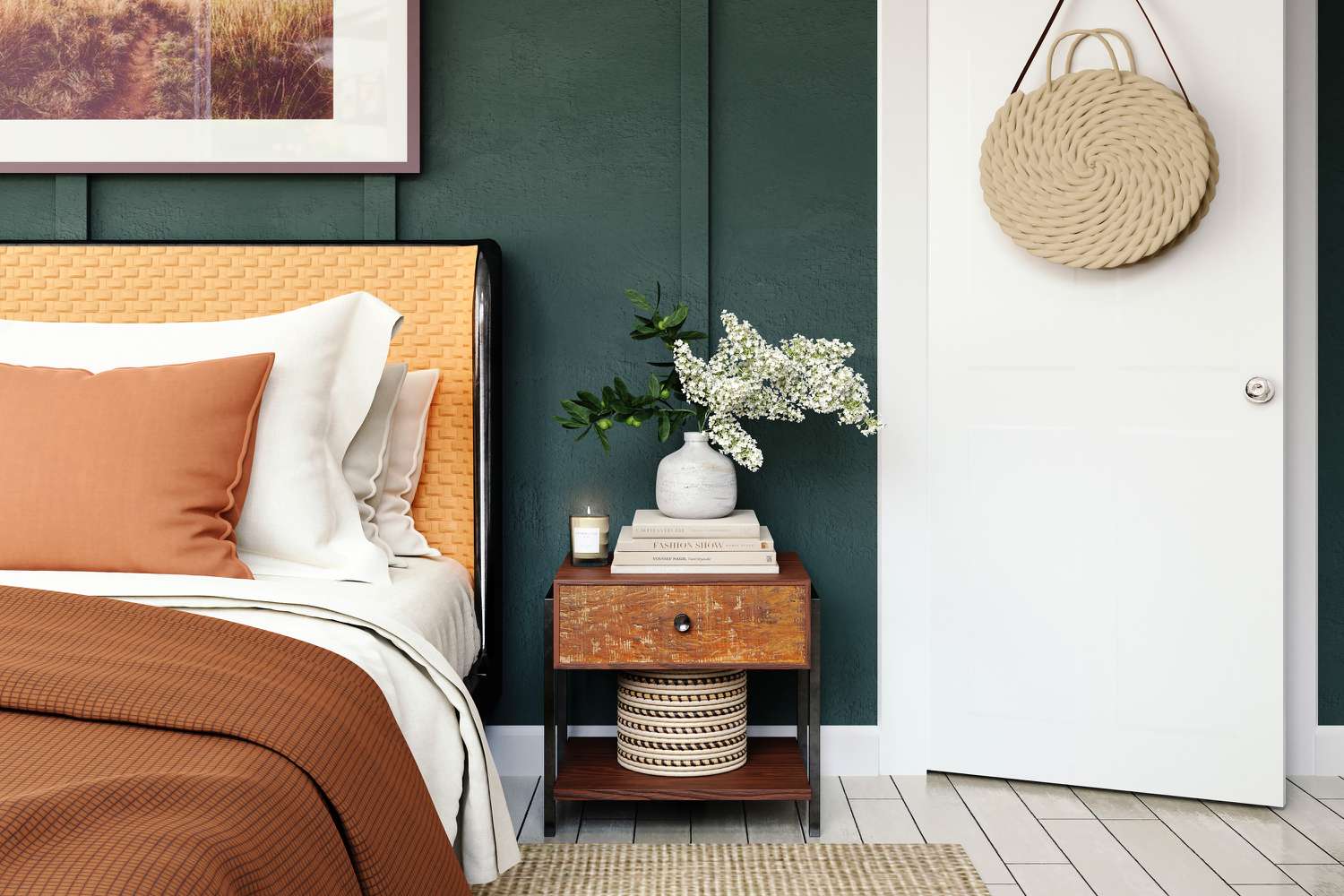
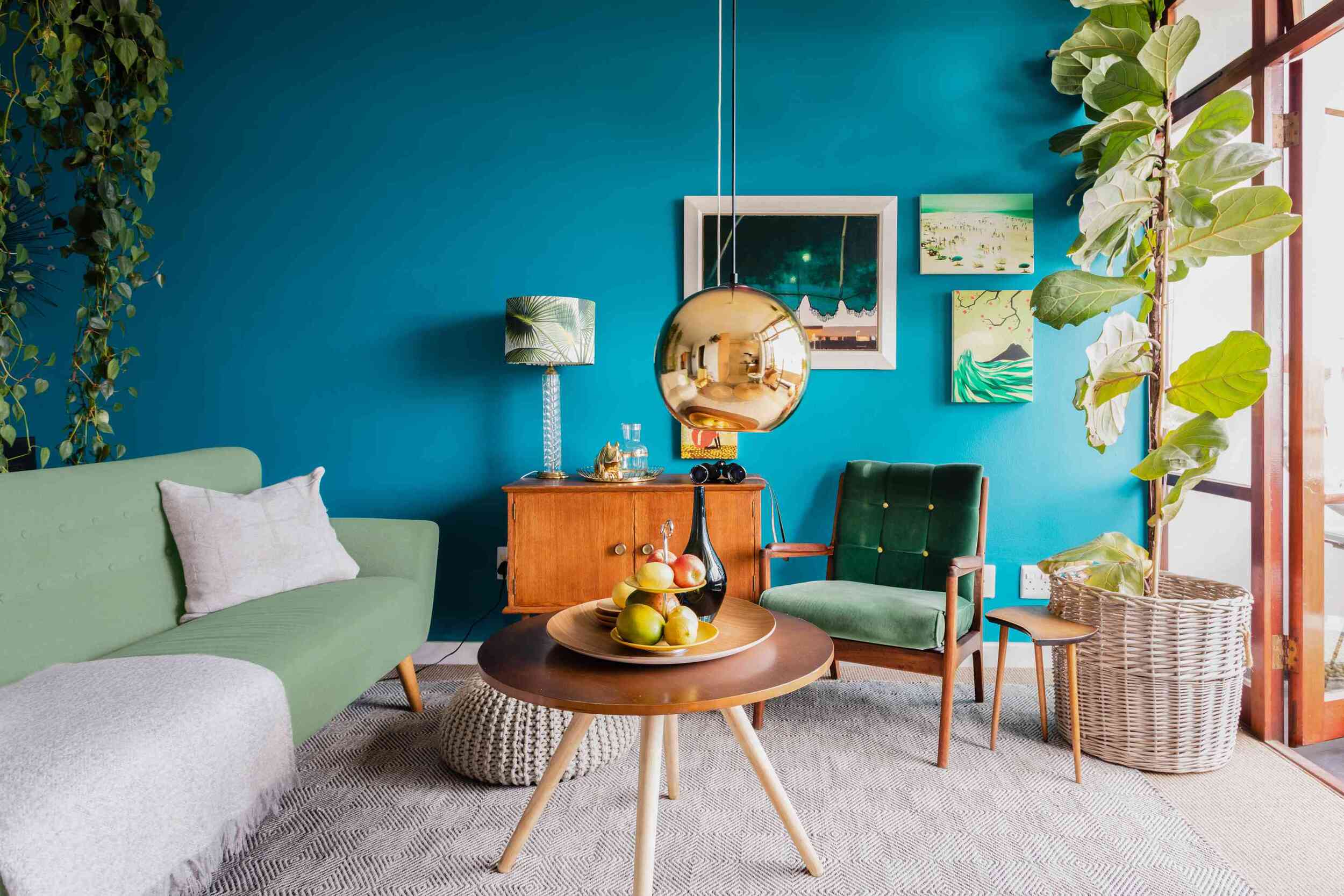
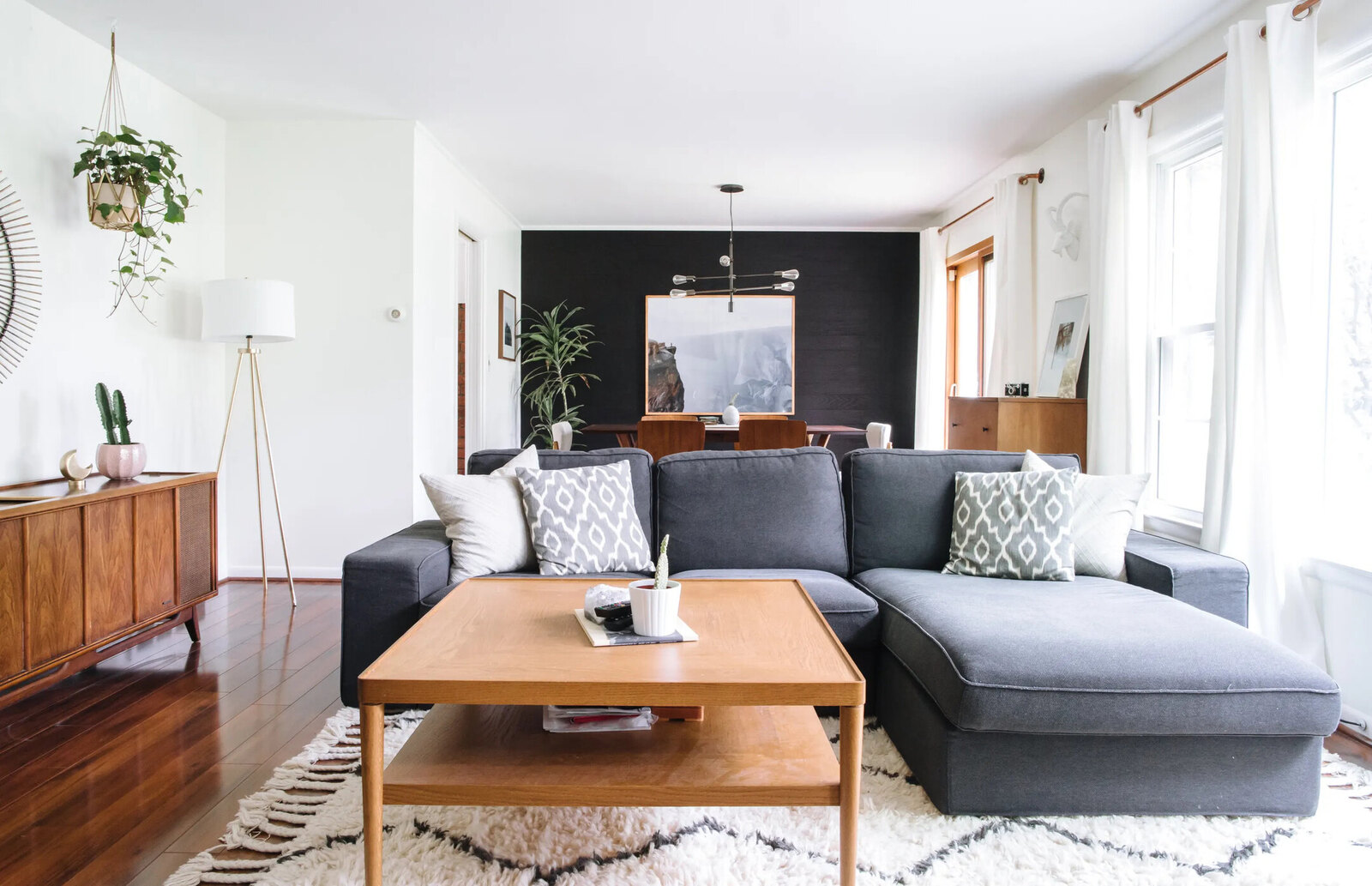
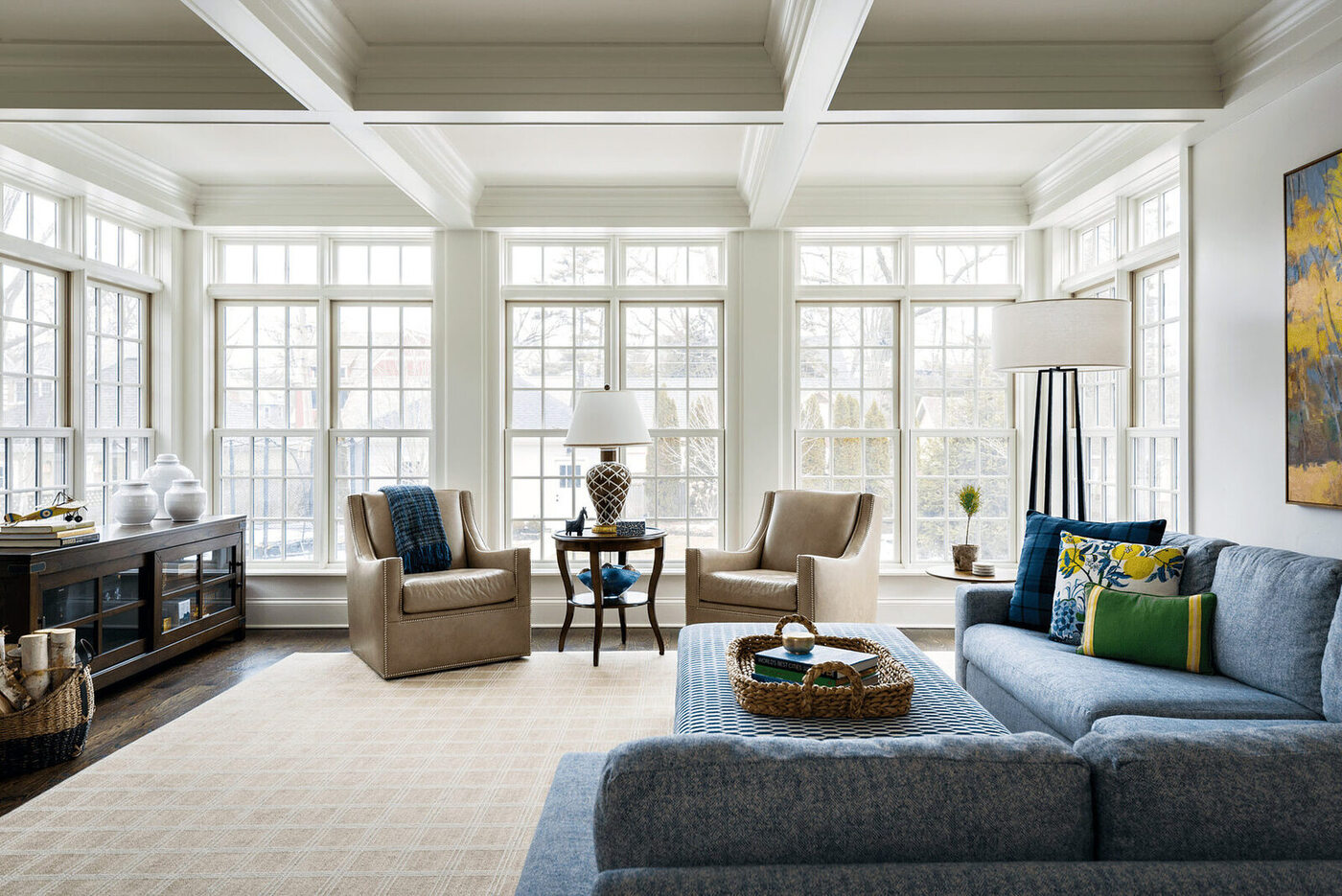
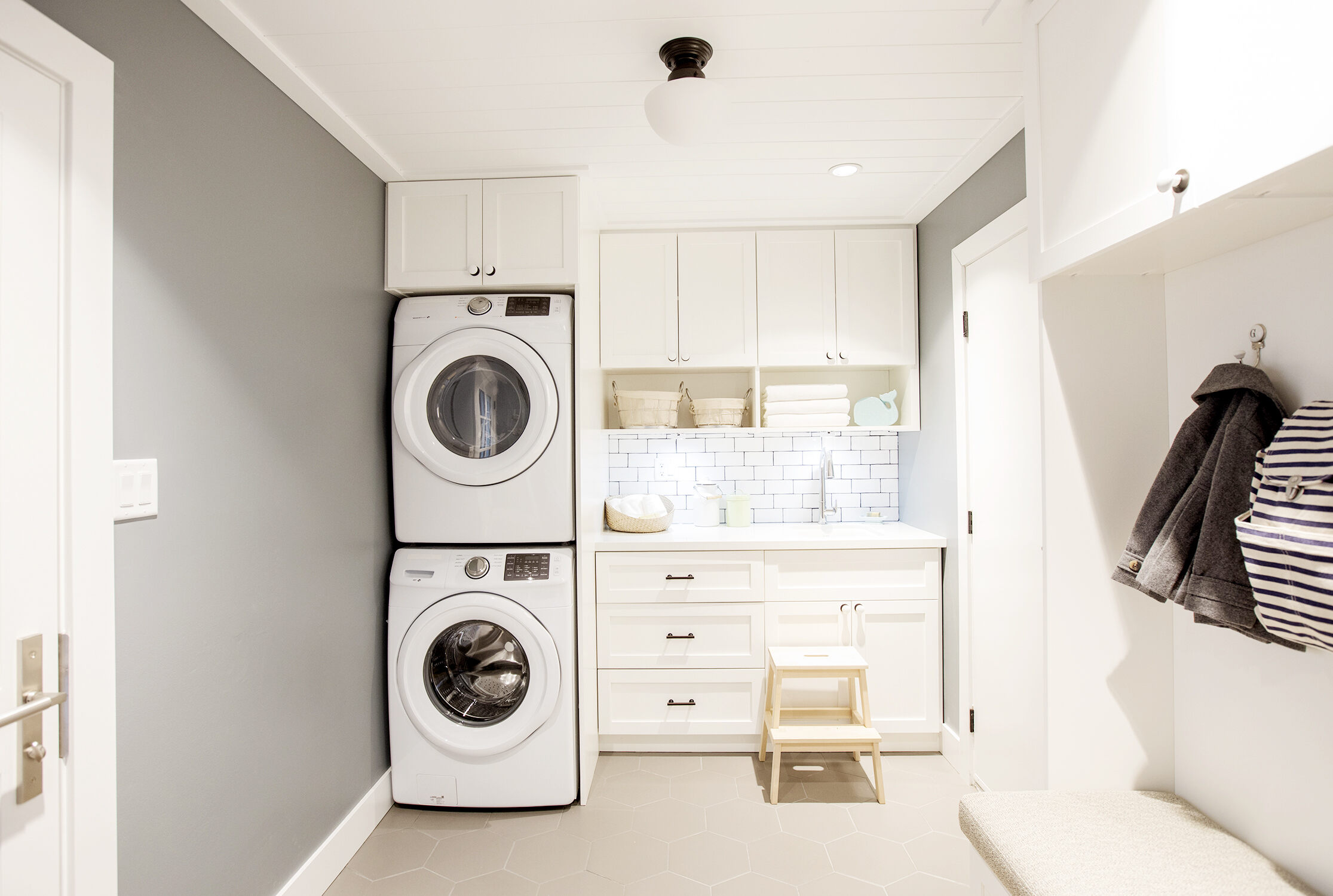
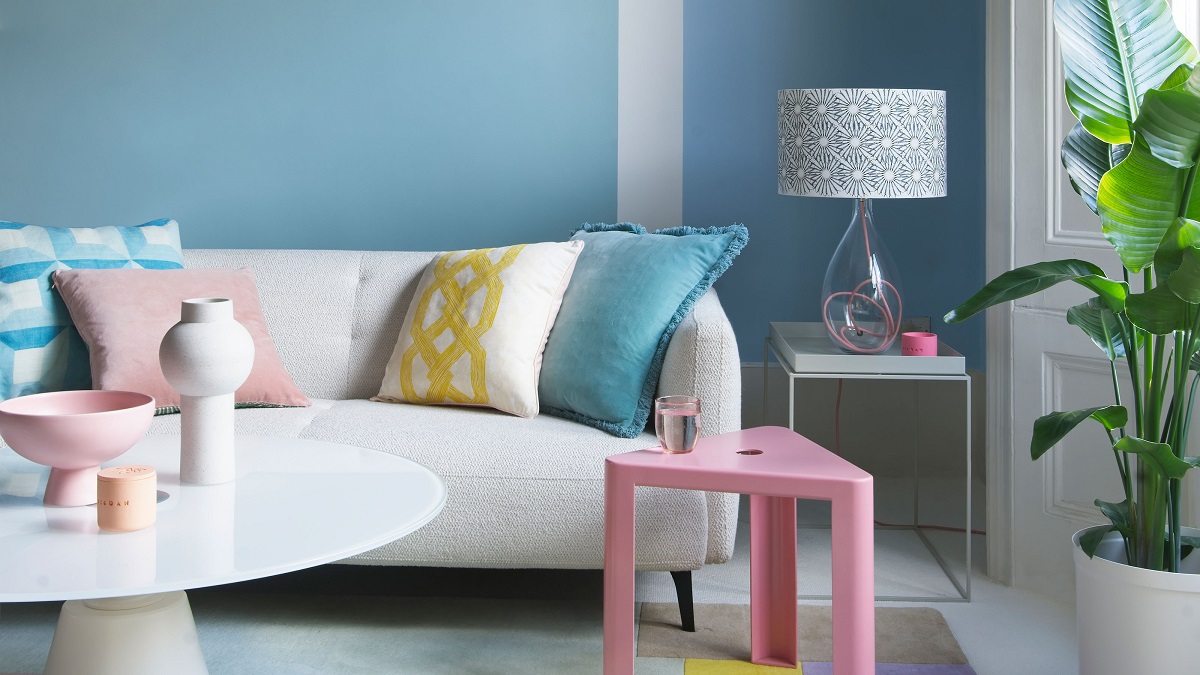
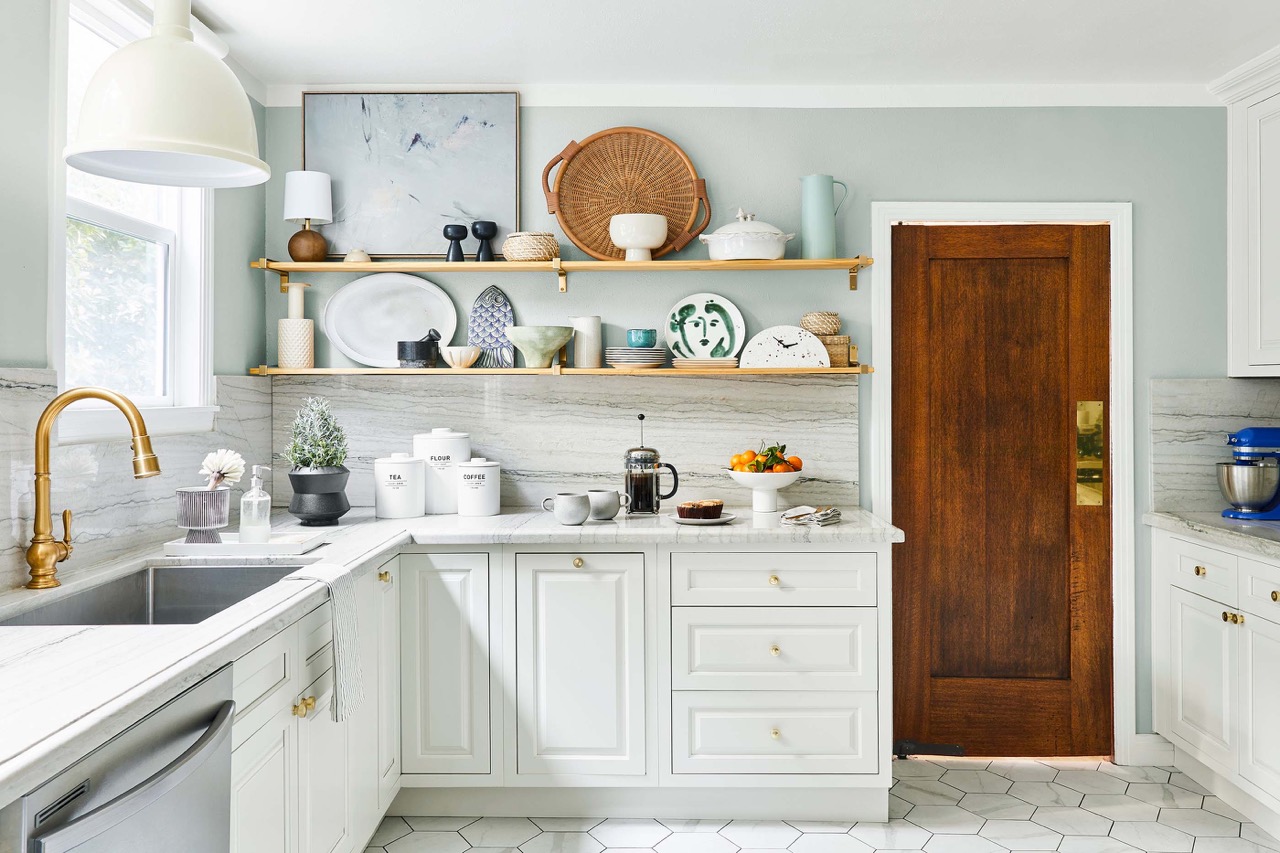
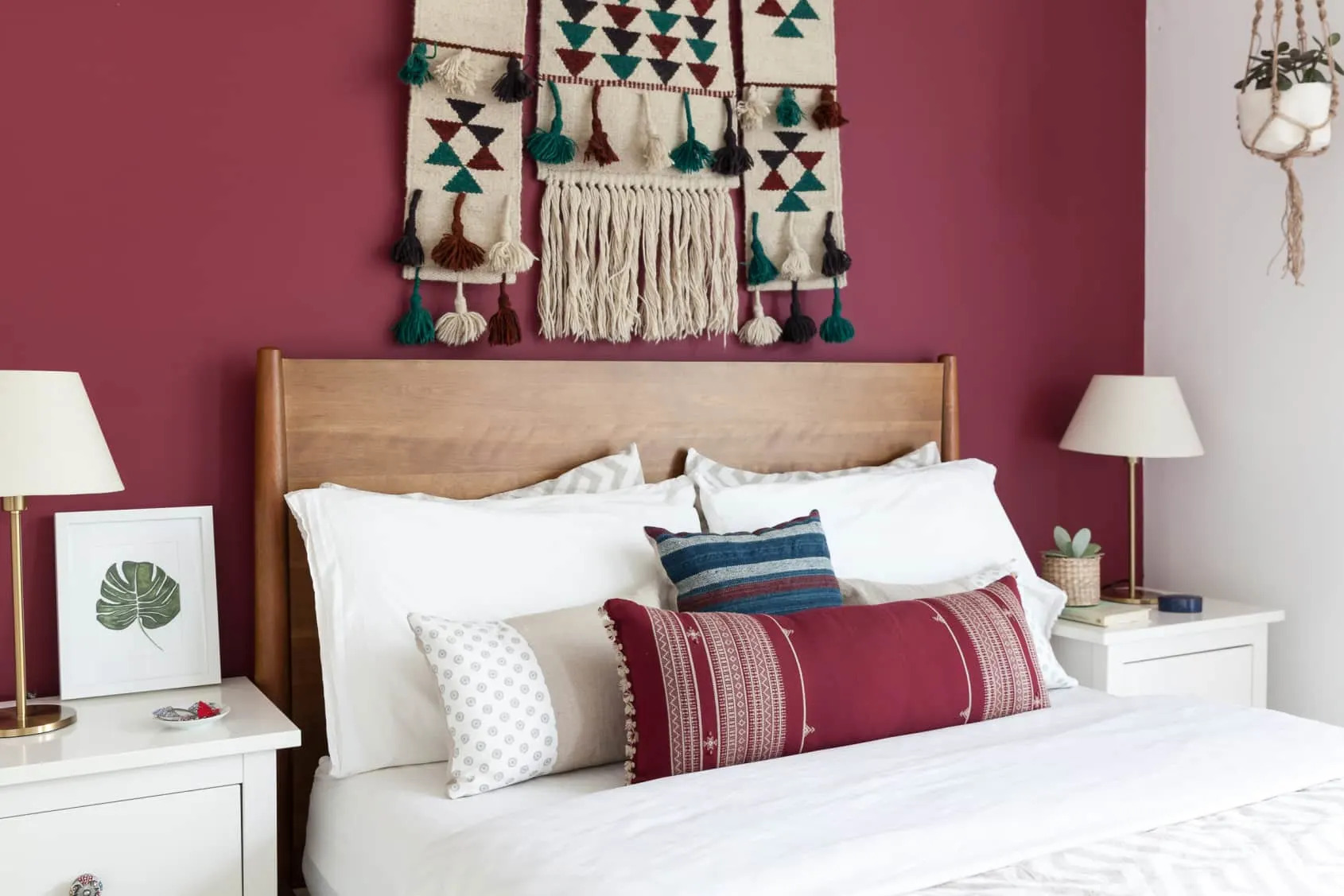
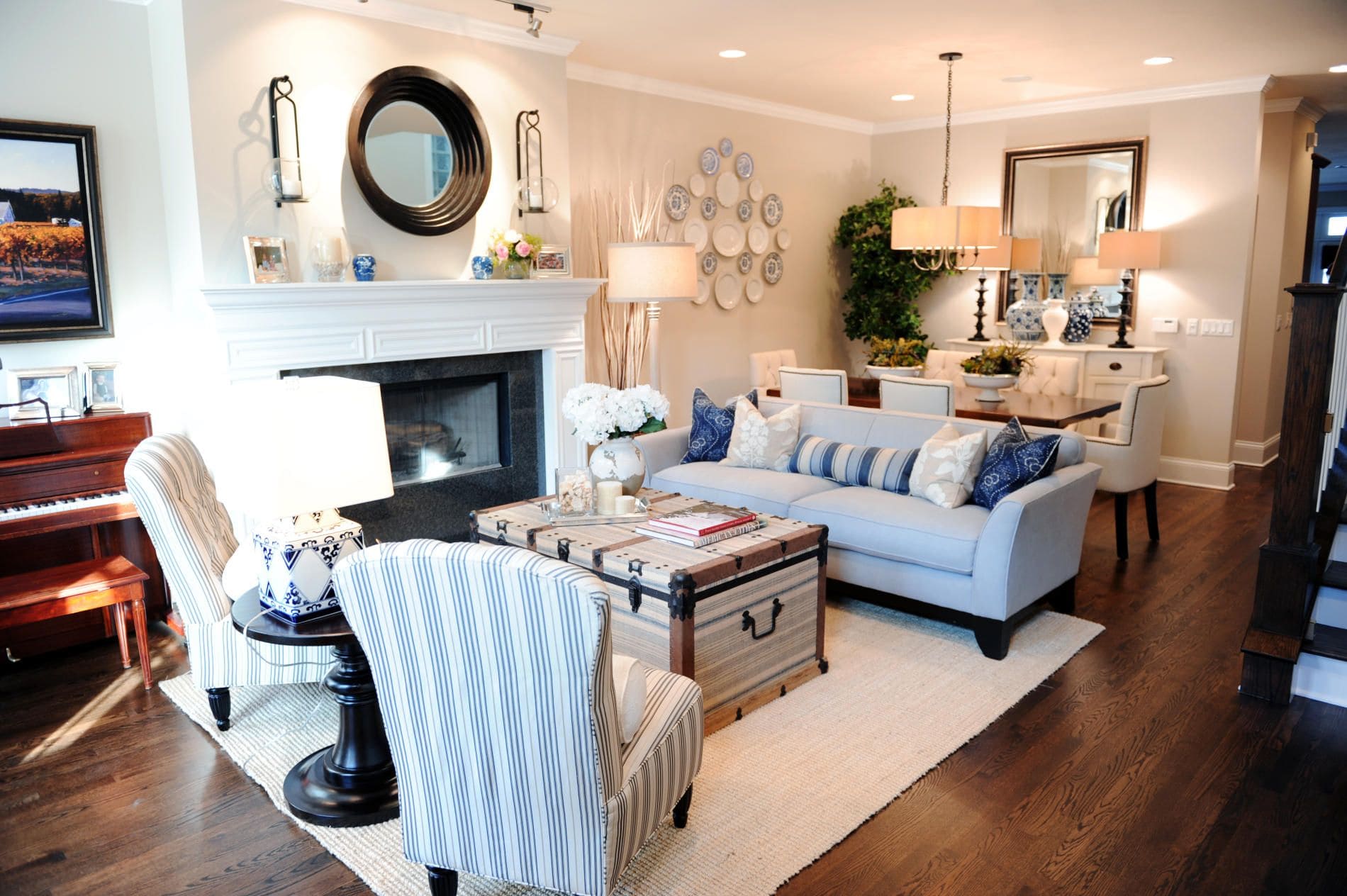
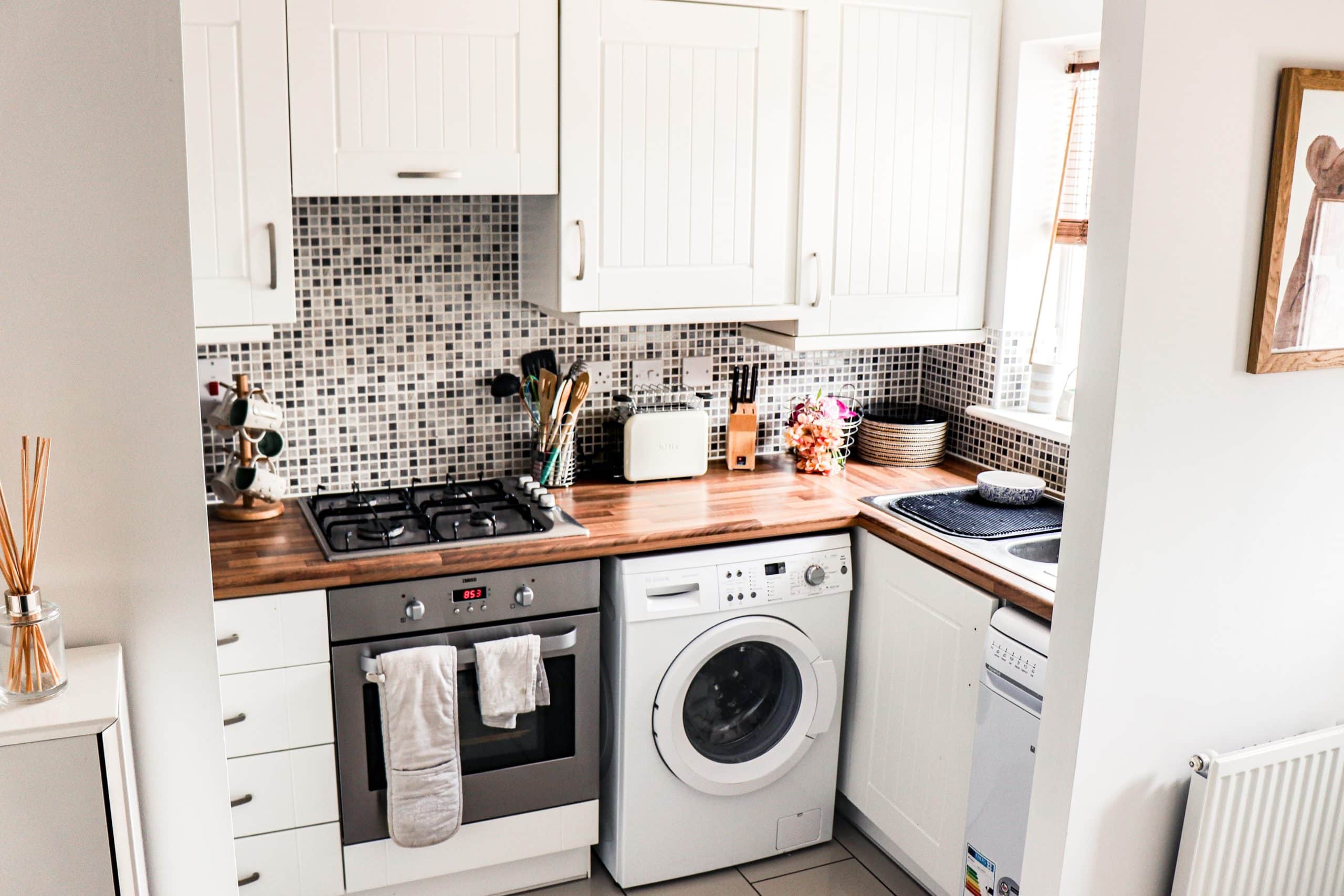
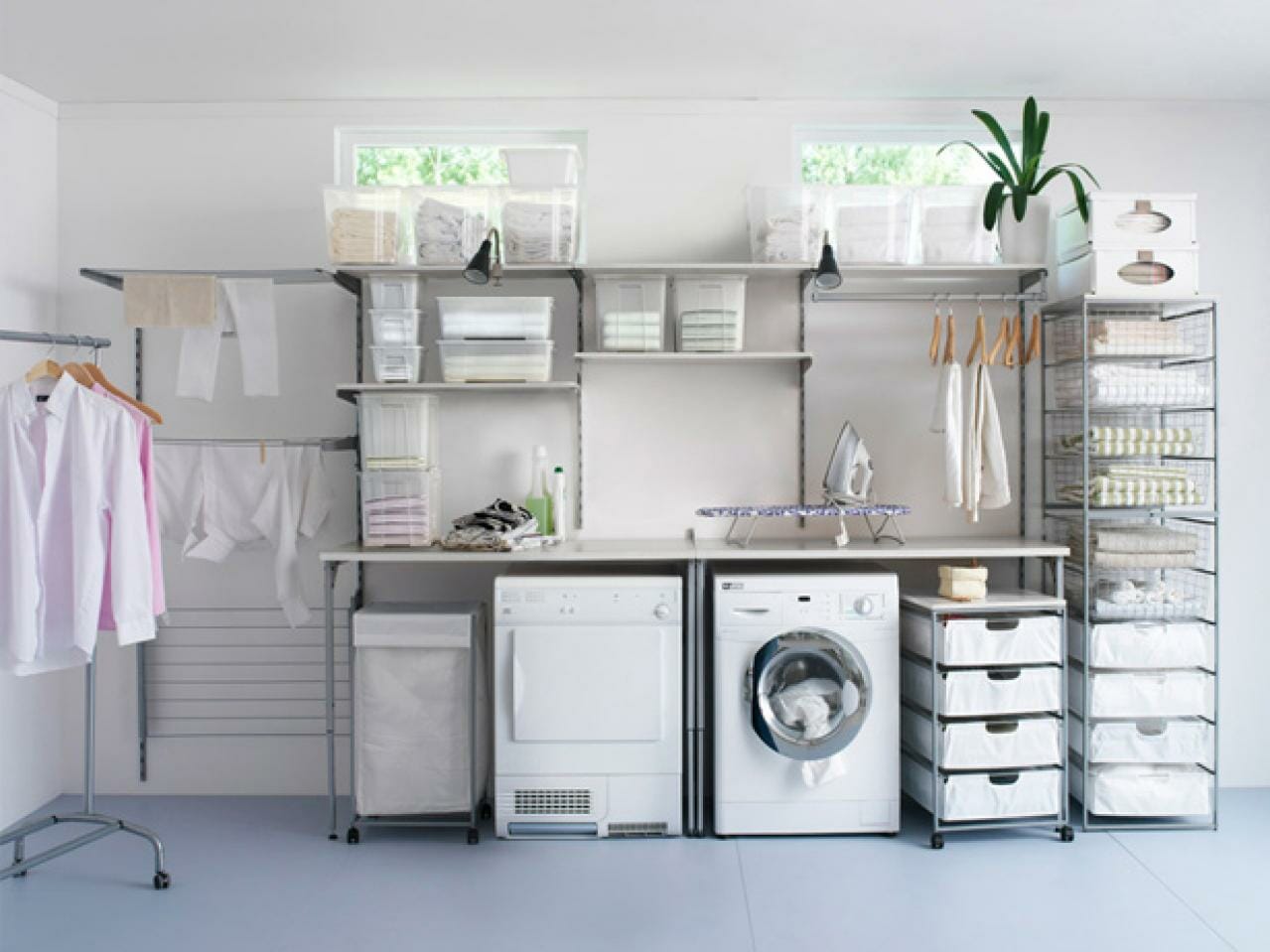
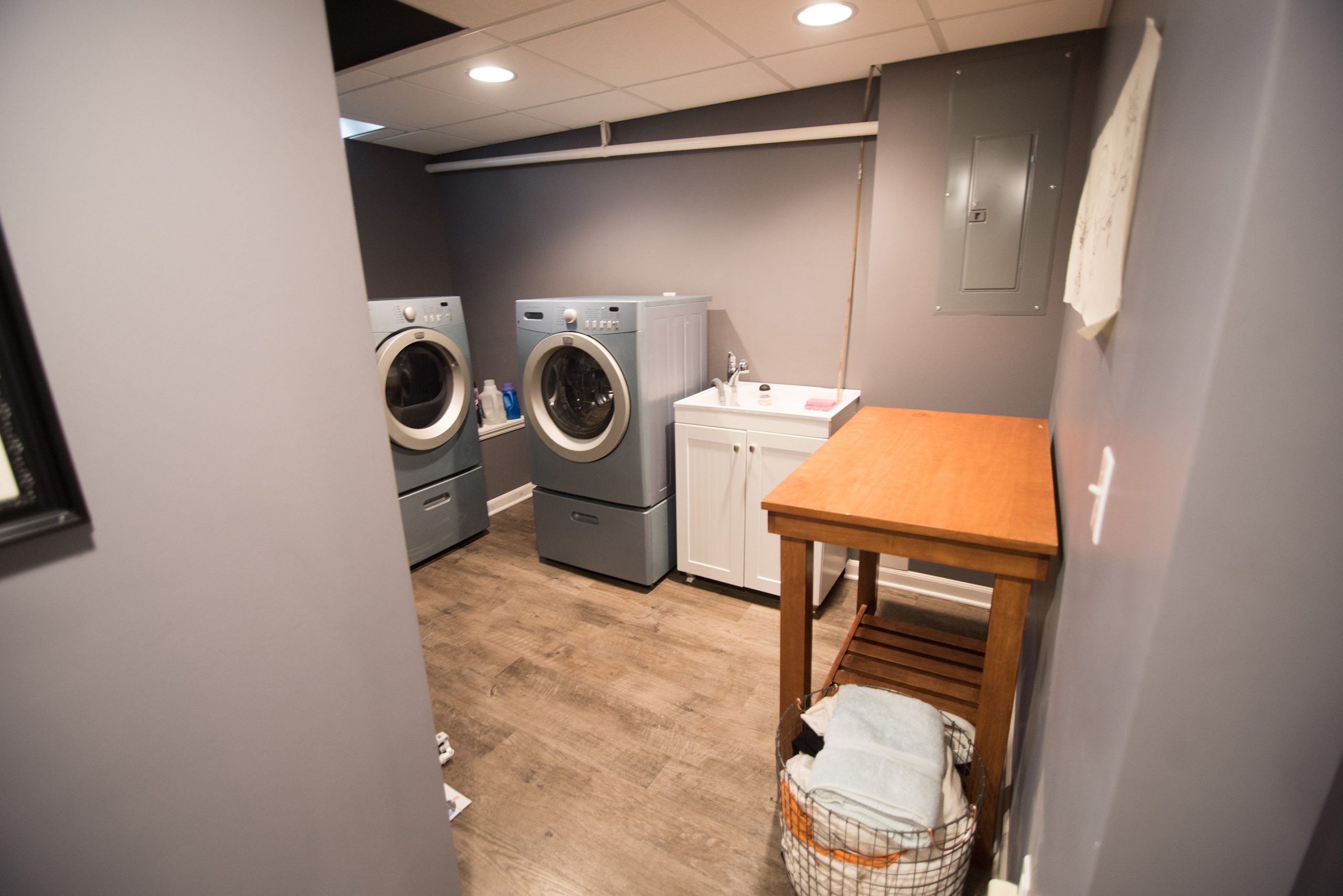
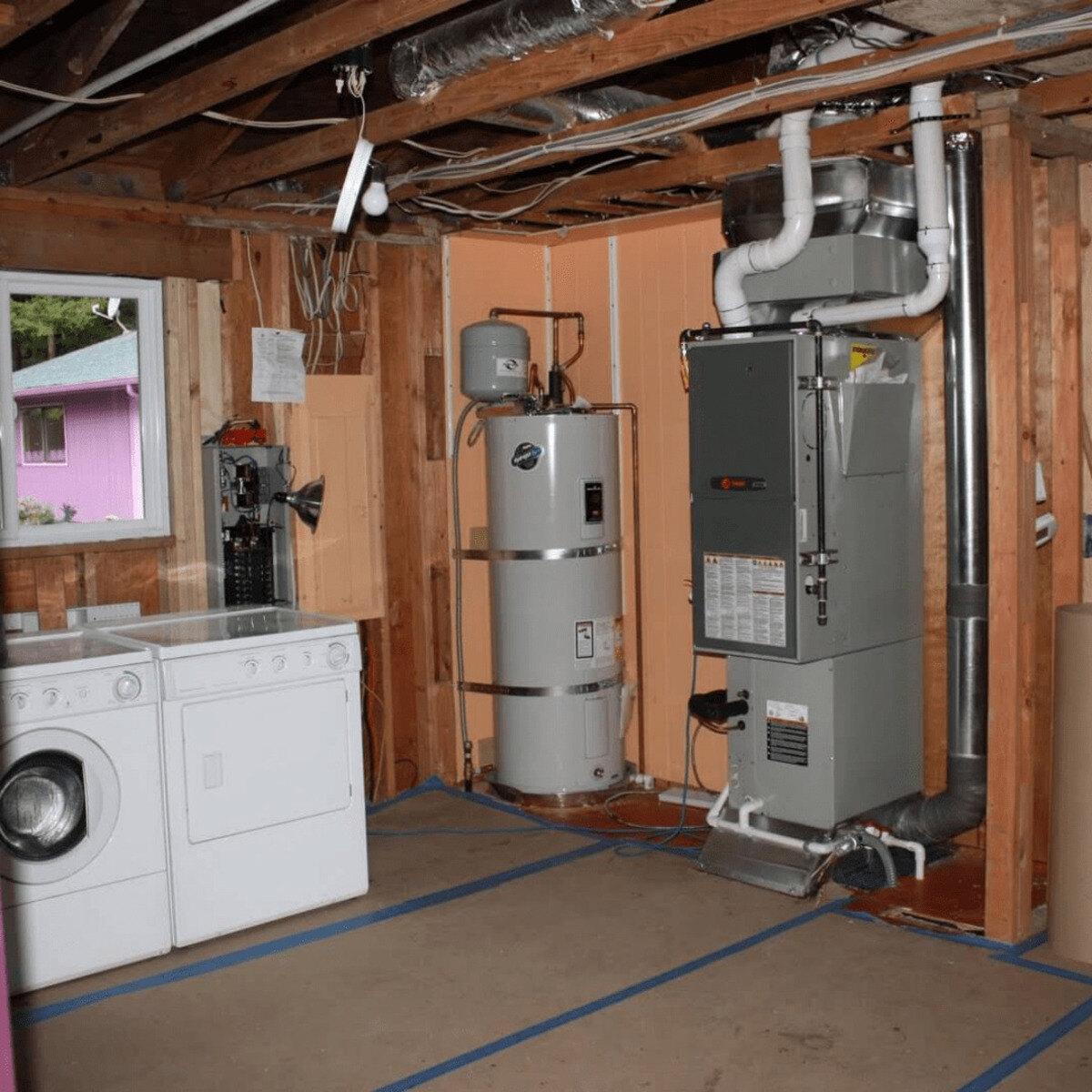

0 thoughts on “Small Laundry Room Mistakes: 5 Design Flaws You Should Redo”